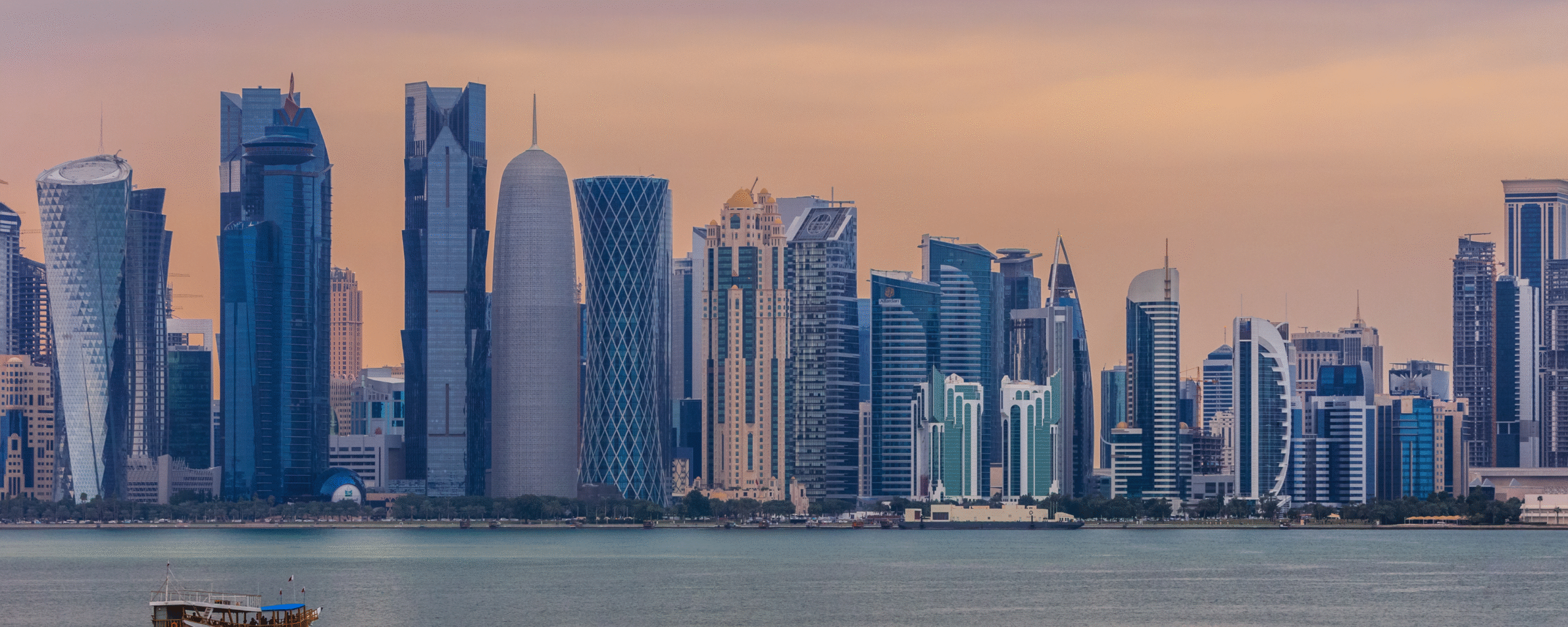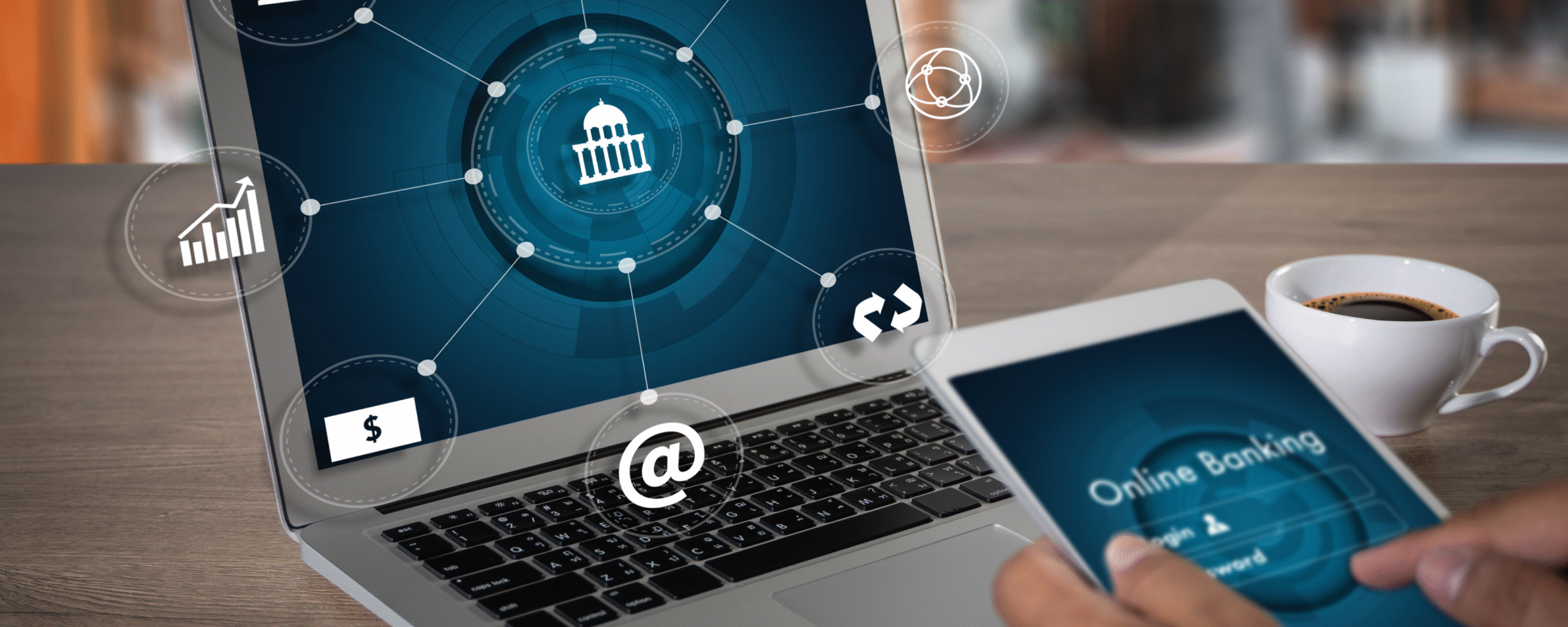Edit Content

The International Chamber of Commerce’s (ICC) 10th Global Survey on Trade Finance states that the finance sector is steadily moving toward digitization of its procedures. Despite continued concerns over technological reform, banks in the Middle East and Africa are among the most optimistic about the sector’s possibilities.
Banks in these regions are particularly hopeful about the benefits of this change as the banking and finance sector continues its journey toward paperless banking. However, despite being one of the industry’s long-term goals, the rise of digitization in the trade finance sector has also brought with it a slew of new obstacles, including regulatory inconsistencies and a lack of shared standards.
Before examining the factors that led to the growth of paperless banking in both these regions and how the banking sector is faring there, let us look at what exactly paperless banking is, what its benefits are, and what environmentally sustainable this solution is.
Paperless banking spans the entire banking organization from internet banking through account management, including account opening. So when we talk about ‘paperless banking,’ we’re referring to all of the processes that we can automate and make available online to make service interactions and transactions more productive, environmentally responsible, and user-friendly.
Customers feel much happier about this since there are fewer forms to fill out, they feel more secure, and services are delivered much more quickly.
There are numerous benefits of paperless banking for both the banks and their consumers. The following are some of these benefits:
You will get online access to your account statements if you sign up for e-Statements. Each month, you can read and download your account statement. In addition, you can access past months’ and years’ statements with the help of easy-to-use e-Statements. Furthermore, you can access your e-statement as soon as it is posted, rather than waiting for it to arrive via mail.
Fraudulent and unauthorized transactions are less likely with paperless billing. You will be able to access your data electronically and will be alerted if something does not appear to be correct. You can detect fraud rapidly using electronic management. The sooner you detect a fraudulent transaction, the less likely it will turn into a significant issue.
Theft of one’s identity is a significant problem. You no longer have to worry about how to dispose of your old bank statements if you use paperless banking. Unfortunately for banking consumers, fraudsters will make tremendous efforts to obtain an individual’s account information. Bank statements have been stolen from the garbage of some people. Even if you destroy your documents, some people are patient and willing to reassemble them like a puzzle.
Self-service tools like e-Statements and mobile banking are popular with consumers. These advantages allow consumers to access their account information whenever and wherever they choose. They can get complete and accurate account information at any hour of the day. Keeping track of your finances is considerably easier with paperless banking.
It’s simple to make the switch to paperless banking. It’s easy to sign up for mobile banking and e-Statements. WeCodee Innovations is here to explain your options for your bank and make banking easy for you.

Paperless banking is one of the most visible examples of digitalization that positively influences the environment while simultaneously improving banking performance (i.e., reducing the use of paper in banking processes). Therefore, paperless banking is a good and vital environmental strategy that helps businesses run more smoothly and efficiently.
For a good reason, banks all around the world are progressively adopting paperless banking practices. Paper is expensive, inefficient, and becoming increasingly obsolete as paperless technology becomes more common and simple to use. Moreover, paperless operations boost efficiency, as IT administrators can verify. On the other hand, paperless software saves money across the board and, more crucially, minimizes your carbon impact.
Hundreds of millions of customers are growing up with a profound attachment to their phones and the benefits that the internet has to offer in the demographically youthful and fast-growing middle-eastern and African nations. Banks in the Middle East and Africa have historically been sluggish to respond to demographic and technological developments, but that is no longer the case.
It would be wrong to assume that industry players have only been the prime mover in the adaption of technology in banking and the emergence of new initiatives like paperless banking. Instead, on a closer look, one would find that the changing attitude of the populace has equally influenced the process of adaption of digital and paperless technology in these different countries.

The fact is indicated in a recent survey by a Minnesota-based technology company Entrust where it was found that nearly 77 percent of adults in Saudi Arabia and 61 percent in UAE- two of the Middle East’s largest economies- prefer to carry out some form or the other banking activities over their phones.
This report emphasizes how, now more than ever, consumer banking in the Middle East is primarily about digital interactions and that banks must build that digital experience with security at its core.
Consumers moved to cashless payments and online shopping due to the Covid-19 outbreak, which resulted in lockdowns around the world. As a result, people in the Middle East are increasingly using internet banking services to transfer money and pay for online purchases.
Although Africa’s digital banking and payments sector is still highly fragmented, there is no denying that the volume of digital transactions taking place in the African continent is way higher than that of Europe and North America, where people prefer to use their cards for transactions.
Even before the pandemic, mobile payments in the continent were already a $456bn market in 2019, with more than 469 million active user accounts. So it would be not surprising if we find that the fresh numbers have doubled during the course of the pandemic. In fact, mobile payment in Africa is already a $456bn market with 469 million user accounts in 2019.
In numerous African and Middle Eastern nations, the share of digital transactions has increased from 50% to 90% in the last three years, with branch queue times falling from 25 minutes to just seven minutes. Given the rise of digital and mobile payments, these institutions must remain laser-focused if they are to create industry-wide platforms. The governments of the region are actively assisting the process.
In the United Arab Emirates, the financial capitals of Abu Dhabi and Dubai have built technology hubs to bring together current banking, fintech innovation, and financing. Bahrain, Saudi Arabia, and the rest of the Gulf nations are following suit.

In Africa, Kenya, Burundi, Tanzania, and Mauritius are showing head up toward the adoption of neon banks and mobile banking payments systems. In addition, banks in the region are also constantly evolving themselves to cater to the changing needs of their youthful customers. In short, heavy internet penetration has changed the face of traditional banking in Africa.
Individuals have had a lot of luxury during the era of globalization and industrialization. Nonetheless, there has been a great deal of uproar about environmental deterioration. Moreover, as a vital element of society, consumers have become more aware of primary ecological challenges in recent years. As a result, banks have begun to work toward environmental sustainability in order to protect natural resources and the environment. Paperless banking is one of the most effective solutions that banks can utilize to minimize their carbon footprints. WeCodee Innovations Pvt. Ltd. is committed to helping banks achieve this endeavor and making this world a better place for those who inherit it from us!